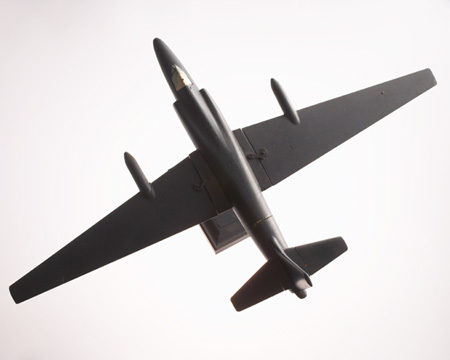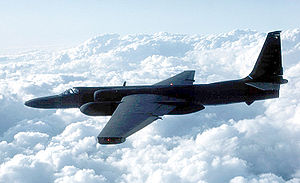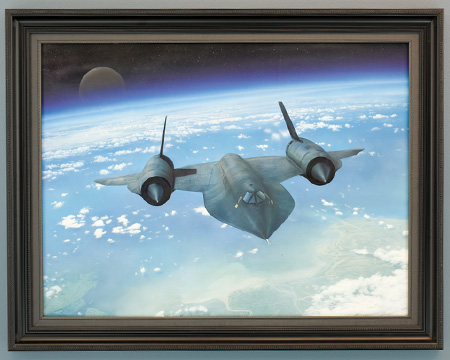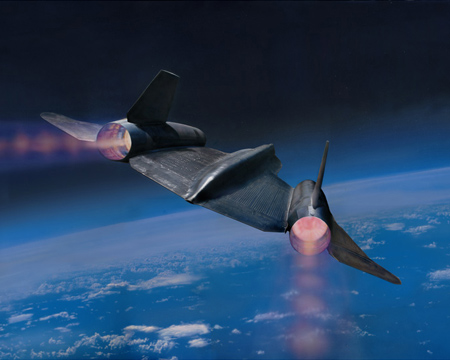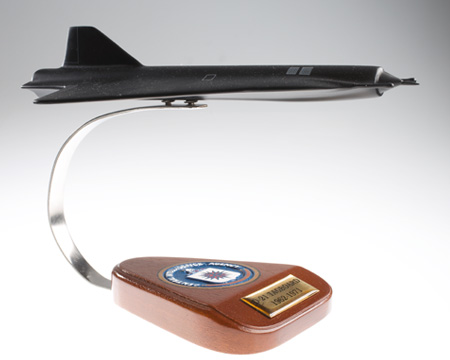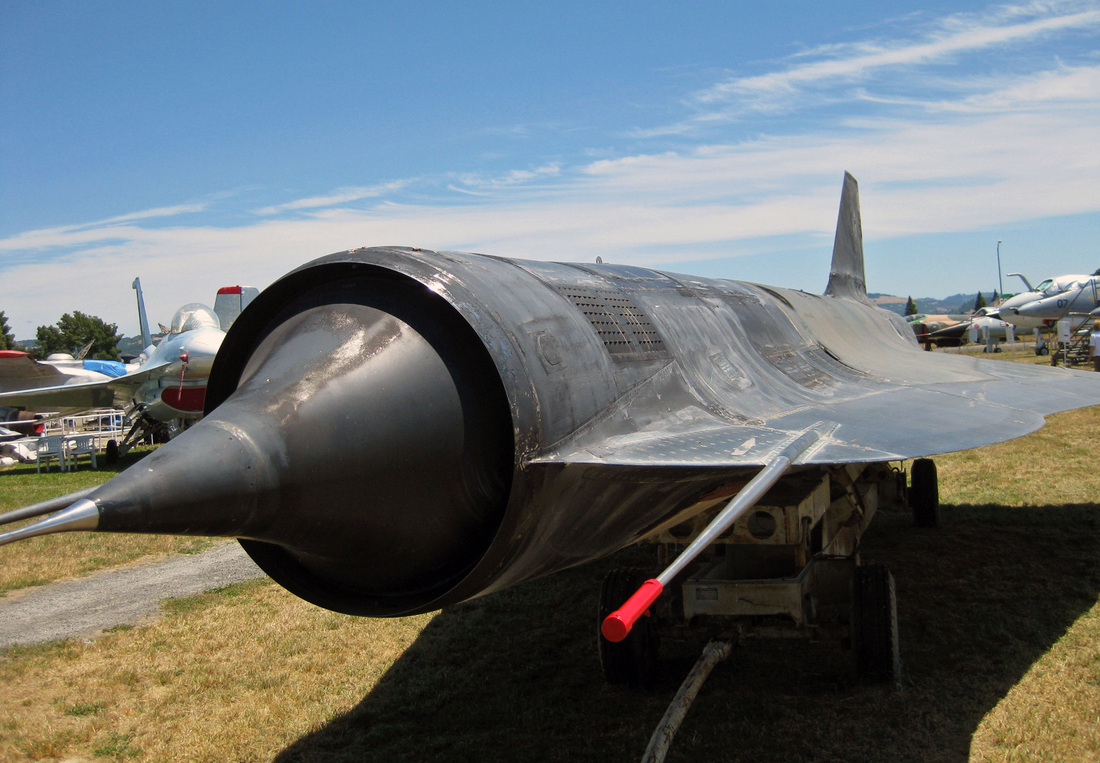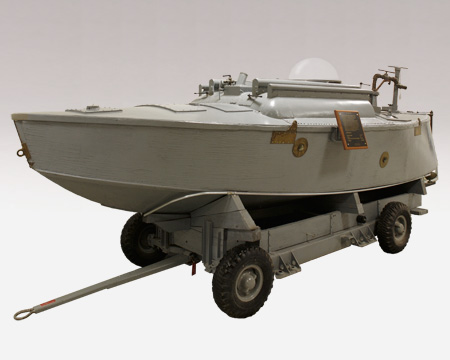CIA Museum Craft & Vehicle Gadgets & Devices
U-2As with the other example craft on this page, the museum features a model version rather than a full sized version. They also share the development history. While primarily used by the military, the growth of influence and reach of the CIA has seen substantial involvement in the development and engineering of numerous projects.
|
The above picture is of a model featured in a 1962 Senate Hearing regarding the 1960 U-2 Incident. The model was constructed by CIA technicians and the relevant parts detach in the manner of the original, which was flown over Soviet Union airspace on a reconnaissance mission by pilot Gary Powers, before being shot down. These CIA espionage missions used aircraft that could fly at 70,000 feet; out of the range of Soviet missiles, but still within range to photograph military installations and other important sites.
After the 1960 U-2 Incident, development and deployment of the A-12 was not complete until 1967, and by then CORONOA satellites were in orbit to collect similar material. President Johnson retired the aircraft just a year later. The two museum exhibits are paintings that show the power of the aircraft.
|
|
Once the photographs were taken, the drone would return to international airspace the film canister would be dropped and the aircraft would then self destruct.
|
Semi SubmersibleCIA engineers designed this two man submersible in the 1950s. With a beam of 5'3" a height of just 6'9" and a length of 19" it was very cramped. The craft had no weapons and had to be transported to site by another vessel. It was however, able to approach areas where other ships could not because of its submersible design. The lightweight design, mostly from wood and aluminium, made RADAR detection unlikely, and it was capable of being sunk without detection for up to four weeks when unmanned.
|
